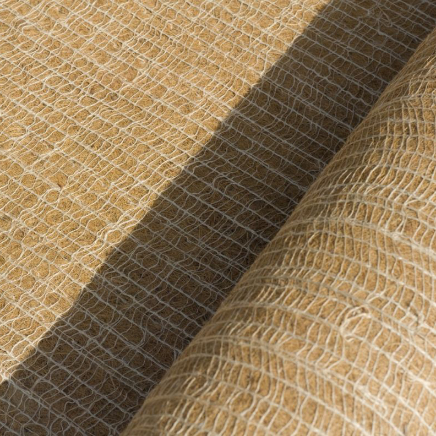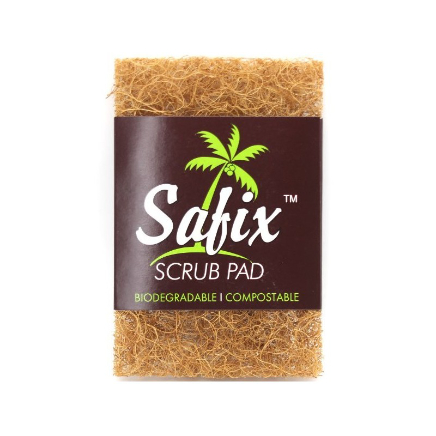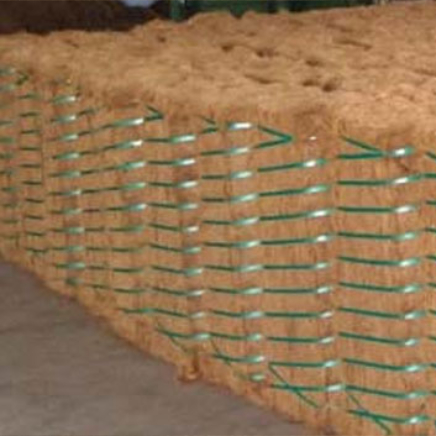Coir, The Golden Fibre
C o ir b e lo n g s to th e fam ily o f h ard fibres along w ith o th er fibres su ch as sisal, h e n e q u e n and abaca. It is a multi-cellular fibre with cellulose and lignin as... read more
Mattress And Bristle Fibre
C oconut is not altogether nutty as it sounds. Most of it is made out of a husk that actually represents the cover of the fruit. The natural packaging, provided to protect the seed inside is amazing. It has a leathery coat called the husk that enables migration across the... read more
Coconut Fibre Dus
Coconut Fibre Dust, also called Coco Pith, Coco Peat, Coir W aste etc., is the material binding and keeping in place the different types o f fibre in the coconut husk. It consists mainly o f lignin and cellulose. It is obtained in the extraction o f coconut fibre. It... read more
A Tough Nut To Crack - Accelerating Innovation In The International Coir Fibre Sector
Even though "green" products have caught the imagination of industries and the general public the reality is that for decades, the Jute, Abaca, Coir, Kenaf and Sisal (JACKS) Fibers, which are renewable materials, have lost market share or have been stuck in the low value added spectrum of products. Lack... read more
Ecofriendly Organosolv Process for Pulping of Tender Coconut Fibre
The huge biomass generated by vendors of tender coconut is the broken husks refuse dumped along roads and highways in Kerala. These dumps become breeding grounds for diseased causing germs and carrier mosquitoes causing threat to human life. In order to avoid pollution and find use of the rejected biomass... read more
Low Temperature Grafting of MMA on to Coir Fibre
Low temperature grafting of methyl methacrylate (MMA) on to coir fibre was carried out in aqueous medium using Potassium per sulphate (PPS) as an initiator under the catalytic influence of Ferrous ammonium sulphate (FAS). Optimization of various parameters of grafting viz. monomer, initiator and catalyst concentration, time and temperature was... read more
Improvement in Physical Properties of MMA Grafted Coir Fibres
This work deals with the surface modification of Coir fibre through graft copolymerization process. Graft copolymerization of methyl methacrylate (MMA) onto coir fibre was carried out with Potassium per sulphate (PPS) as an initiator under the catalytic influence of Ferrous ammonium sulphate (FAS) in aqueous medium. Control and grafted coir... read more
Quest for Better Technology: Case of Brown Coir Fibre Industry in Sri Lanka
The purpose of this study was to assess the impact of a number of attributes (a = 23) upon 5 major factors (Labor, Land and Capital, Machine, Technical and Market) that influence a selection of a particular technology to manufacture brown coir fibre in Sri Lanka (i.e. Sri Lankan Drum... read more
Characterization and Properties of Sri Lankan Coir Fibre
This study mainly concentrated on revealing the scientific data on the properties of Sri Lankan coir fibre and classifying them into different grades based on scientific parameters instead of visual observations to establish quality specifications for the coir fibre industry in Sri Lanka. Critical parameters were studied for suitability of... read more




